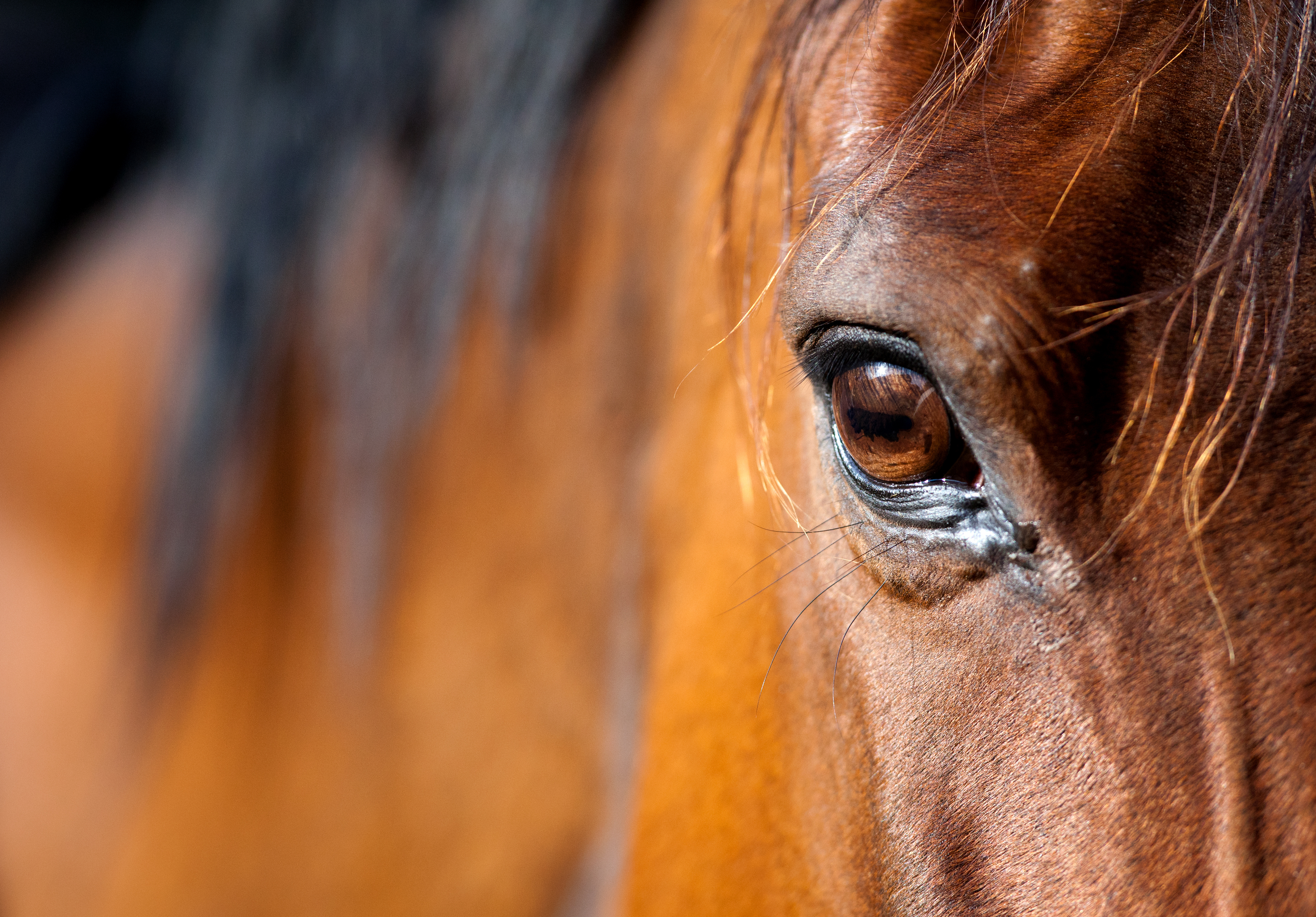Although surgical removal is one of the most effective means of treating squamous cell carcinoma (SCC) tumors of the nictitating membrane, a study underscores the need for careful monitoring thereafter.

Researchers at the University of Pennsylvania’s New Bolton Center examined the records of 50 horses treated at the university’s veterinary hospital for a mass of the nictitating membrane—the thin tissue also known as the “third eyelid” that sweeps over the globe from the corner of the eye.
Forty-five of the masses were neoplastic and 37 masses were confirmed as squamous cell carcinoma. In 19 of the study horses, surgery alone—either partial or complete removal of the nictitating membrane—was used to treat the mass. Another 31 horses had surgery followed by some form of topical chemotherapy. “Chemotherapy is prescribed in some cases due to the severity of the lesion or depending on the clinician performing the procedure,” explains Nicole Scherrer, DVM.
Follow-up reports from at least one year after surgery showed that there was a recurrence of neoplasia in 20 percent of the study horses, with an average time to recurrence being two years and three months. Overall, use of chemotherapy did not have a significant effect on the rate of recurrence, although the five study horses who received a specific type of chemotherapy—topical 0.4 percent mitomycin C—had no recurrence.
Neoplasia recurrence led to euthanasia in six of the horses. “SCC does not typically invade vital organs such as the lungs,” says Scherrer. “However, it does invade the sinus, soft tissues of the head and even the brain in severe cases. Most cases of euthanasia are due to poor quality of life due to deformation of bone, obstruction of airflow or persistent discharge.”
When a portion of a horse’s third eyelid was removed prior to referral to New Bolton Center, the risk of mortality was significantly higher, compared to horses who did not undergo resection prior to referral. “The third eyelid is easy to remove in the horse, and our results suggest that instead of biopsy the structure should be removed in its entirety,” says Scherrer. “Unfortunately, third eyelid masses can be quite devastating. I would suggest surgical removal as soon as possible with topical chemo follow-up if the mass is diagnosed as neoplastic or preneoplastic.”
Reference: “Characterization and outcome following excision of masses in the nictitating membranes of horses: 50 cases (1998-2012),” Journal of the American Veterinary Medical Association, October 2014
This article first appeared in EQUUS issue #447
Don’t miss out! With the free weekly EQUUS newsletter, you’ll get the latest horse health information delivered right to your in basket! If you’re not already receiving the EQUUS newsletter, click here to sign up. It’s *free*!








